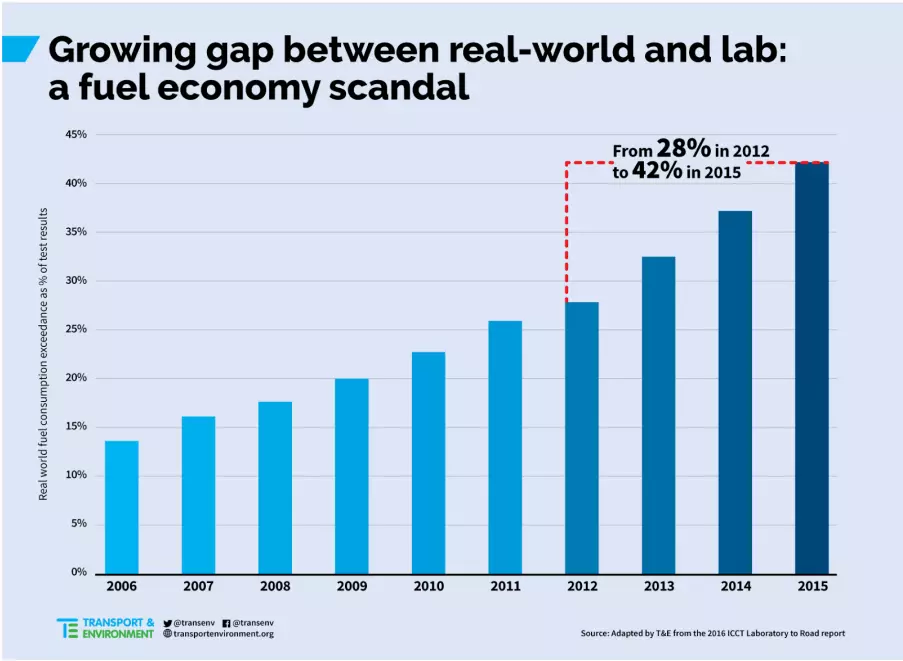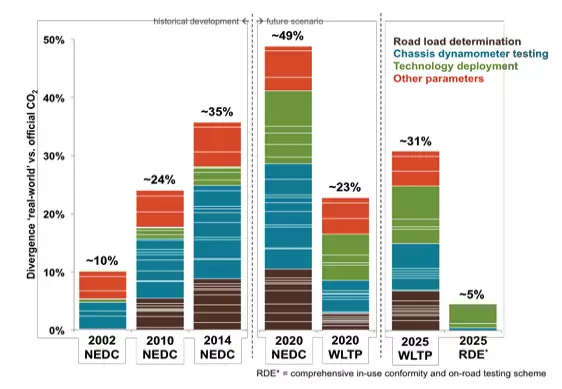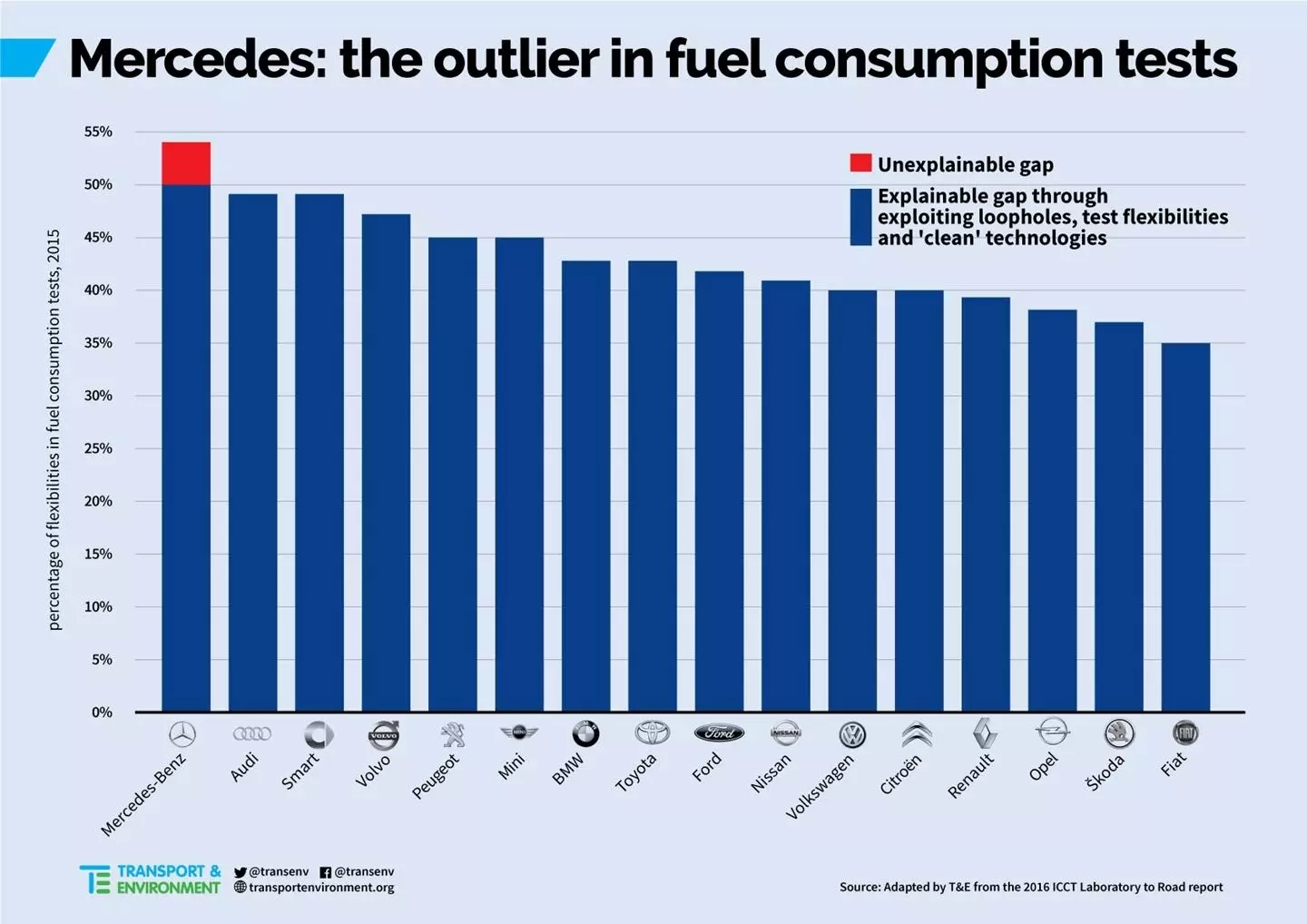Consumptions and emissions. It has been one of the most talked about topics here at Razão Automóvel. If you want to keep up to date with the most important content covered by us on this topic, these are just a few examples:
- Everything you need to know about the new consumption and emissions cycle;
- Only 15 models meet the 'real-life' RDE emission standards;
- Are diesel engines really going to run out? Look no, look no…;
- Dieselgate and emissions: the possible clarification.
Given the topicality of the subject, it comes as no surprise to anyone that all vehicles currently on sale offer a certain discrepancy between approved consumption and actual consumption. Something so recurrent that it is considered “normal”. From brands to consumers, everyone is used to living with these discrepancies.
However, these discrepancies are assuming increasingly worrying values. According to the European Federation for Transport and Environment, the average market discrepancy now lies in the 42% (data from 2015).

The conclusions are from a study carried out by the European Federation of Transport and Environment, which compared vehicle approval data with tests carried out by the International Council on Clean Transportation (ICCT) and with data provided by thousands of motorists through of the Spritmonitor platform. We are, therefore, facing a very significant sample.
Why “rises” this discrepancy?
The average discrepancy continues to rise, year after year, not only due to the increasing modernization of engines, which allow brands to more effectively “control” engine parameters (without breaking any rules), but also due to the massive presence of systems which in the 1990s (when the NEDC cycle was adopted) were not democratized – see OICA's explanation here.Electric power steering, air conditioning, sound systems, GPS's, radars, etc. are all systems that “steal” combustion engines' efficiency and make consumption soar. These systems were not taken into account when standardizing this approval cycle for over 20 years.
Blame the NEDC cycle
According to this study, brands are increasingly exploiting the gaps in the NEDC approval cycle. In 2001, the average discrepancies between actual consumption and approved consumption was only 9%, from 2012 to 2015, this average rose from 28% to 42%.
The estimate of this study is that in 2020 the average market discrepancy will be 50%. Although with the entry into force of the WLTP (Worldwide Harmonized Light Vehicles Test Procedures) approval cycle – in which part of the tests are carried out under real conditions – this figure could drop to 23%.

complete study here
As we mentioned before, in truth, nobody wins with these discrepancies. Not brands, not states, and even less consumers. Member States of the EU have even been advised by the European Commission to revise their emission taxes downwards so that, once the WLTP approval cycle comes into force, there is no tax increase.
The truth is, nobody looks good in photography. Political power (Member States, EU, etc.) and builders, through their organizations (ACEA, OICA, etc.) have so far done very little to reverse this situation. The WLTP cycle takes a long time to come into effect, and the RDE cycle doesn't arrive until 2025.
The brands with the biggest and smallest discrepancies
Among the brands considered in this study, the best (with the smallest average discrepancy) is Fiat, with “only” 35% discrepancy. The worst, by a considerable margin, is Mercedes-Benz, with a 54% average discrepancy.

